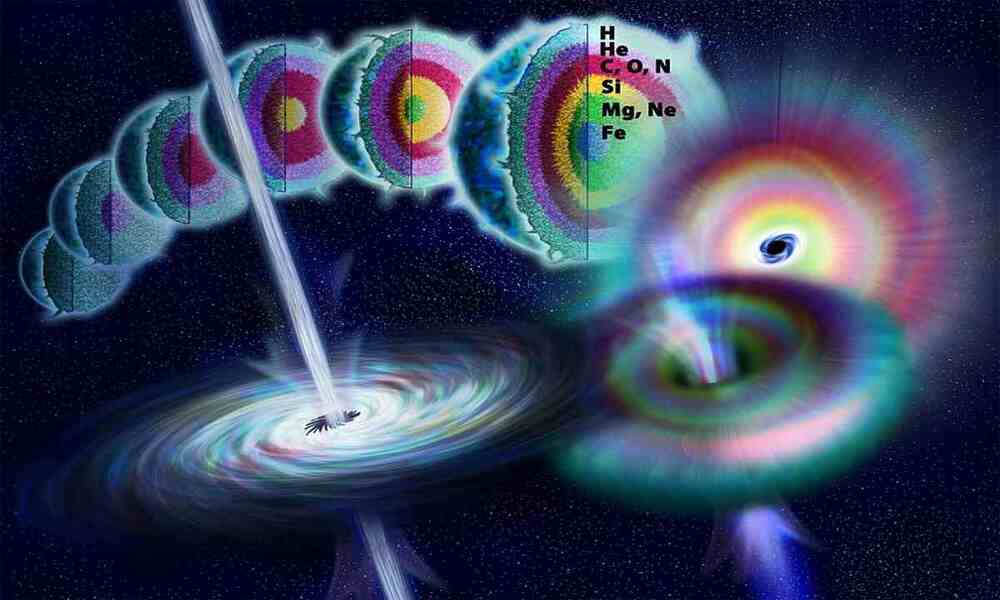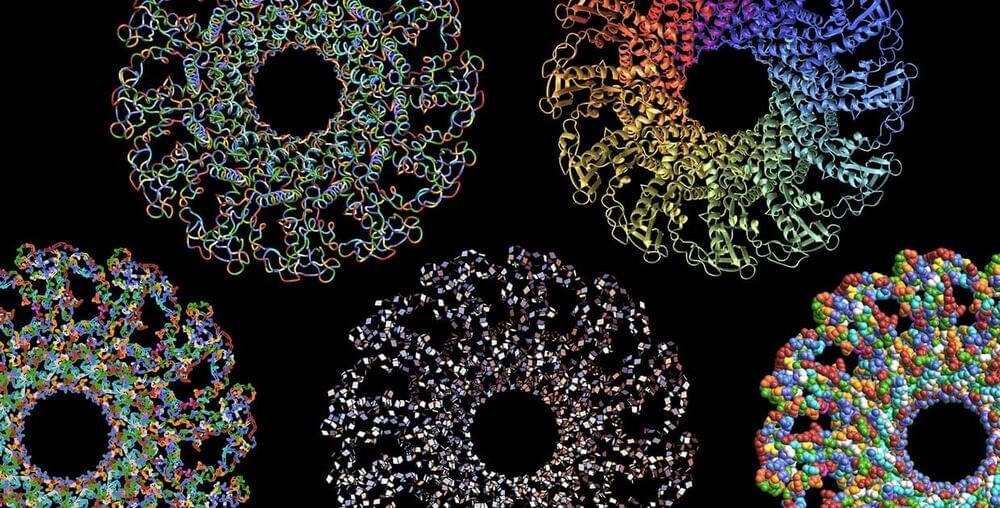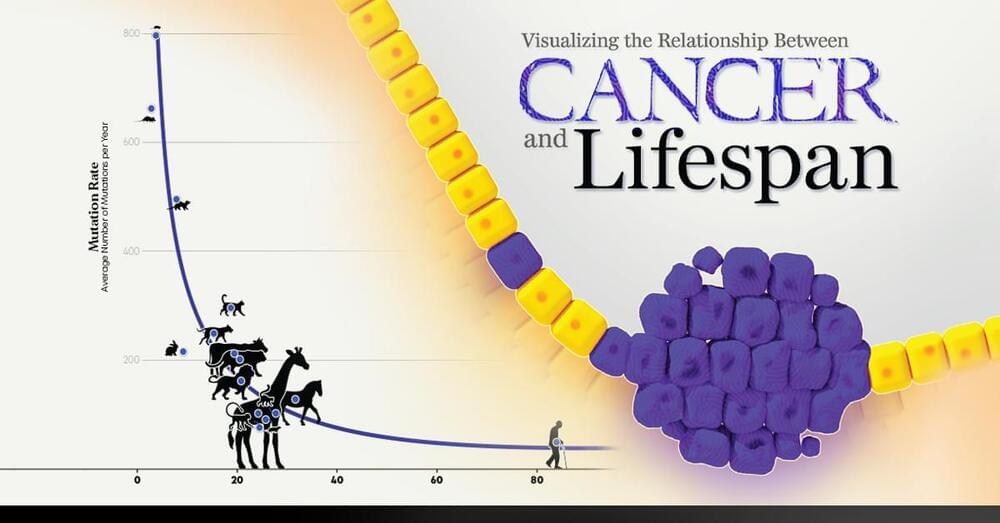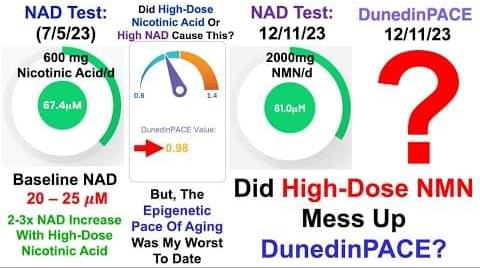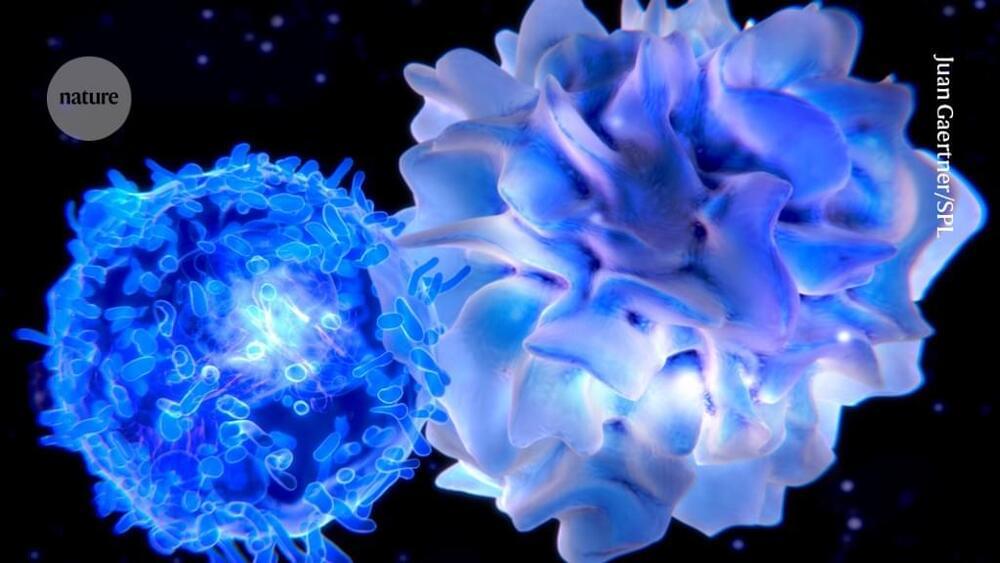Jan 24, 2024
Fast-charging lithium battery seeks to eliminate ‘range anxiety’
Posted by Shailesh Prasad in categories: engineering, sustainability, transportation
A team in Cornell Engineering created a new lithium battery that can charge in under five minutes – faster than any such battery on the market – while maintaining stable performance over extended cycles of charging and discharging.
The breakthrough could alleviate “range anxiety” among drivers who worry electric vehicles cannot travel long distances without a time-consuming recharge.
“Range anxiety is a greater barrier to electrification in transportation than any of the other barriers, like cost and capability of batteries, and we have identified a pathway to eliminate it using rational electrode designs,” said Lynden Archer, Cornell’s James A. Friend Family Distinguished Professor of Engineering and dean of Cornell Engineering, who oversaw the project. “If you can charge an EV battery in five minutes, I mean, gosh, you don’t need to have a battery that’s big enough for a 300-mile range. You can settle for less, which could reduce the cost of EVs, enabling wider adoption.”

